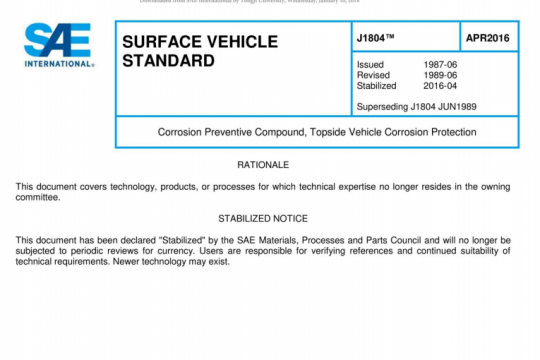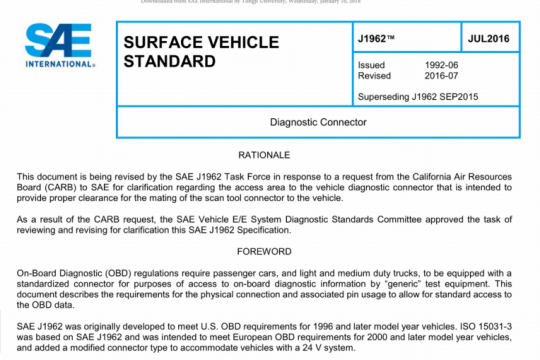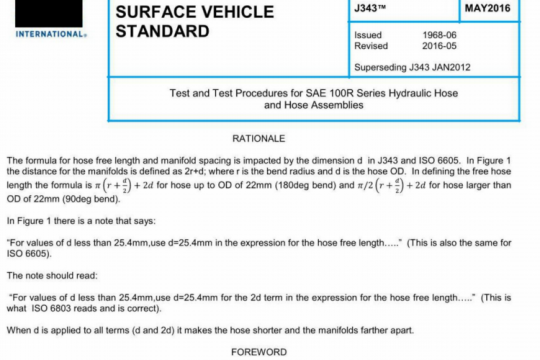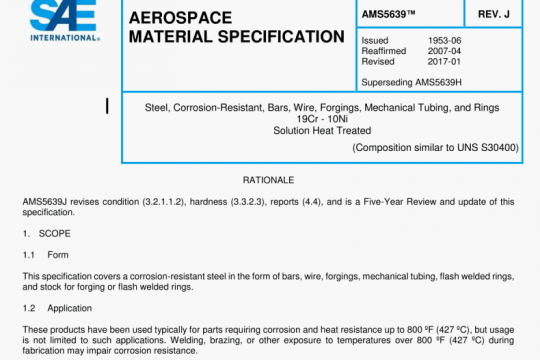SAE AMS 2774G:2020 pdf free
SAE AMS 2774G:2020 pdf free.Heat Treatment Nickel Alloy and Cobalt Alloy Parts
Protective atmospheres shall be used whenever heat treating temperature is above 1550 °F (843 °C), unless parts will have sufficient surface material removed after heat treatment to eliminate high temperature atmospheric effects, such as oxidation, alloy depletion, and carburization. Certain of the alloys listed in 8.2 require protective atmospheres for heat treatments under 1550 °F (843 °C), and these requirements are noted with the detailed heat treating instructions for these alloys. Acceptable protective atmospheres include argon, helium, hydrogen, vacuum, and vacuum with partial pressure of any of these three gases. In addition, for non-age-hardening alloys, neutral salt baths and exothermic gas atmospheres are acceptable protective atmospheres when approved by the cognizant engineering organization (see 8.4.6). Direct fired furnaces shall be controlled so that there is no direct flame impingement on the parts.
Shall meet the composition requirements of MIL -A-18455 (argon), CGA G-11.1, Grade C (argon), MIL-PRF-27407 (helium),CGA G-9.1, Grade L,minimum (helium), BB-H-1168, Grade A (helium), or MIL -PRF-27201 or CGA G-5.3, Grade B (hydrogen), as applicable. The dew point of the gas shall be -60 °F (-51 °C) or lower as the gas enters the furnace.Atmospheres of any of these gases in the furnace work zone shall have sufficient purity to avoid contamination or degradation of any part surfaces which will not have surface material removed after heat treatment.
Shall be sufficient to avoid contamination or degradation of any part surface which will not have surface material removed after heat treatment. Unless otherwise specified by the cognizant engineering organization, as a minimum, vacuum furnaces shall have a cold leak rate of a maximum of 20 μm/h, which shall be determined 15 to 60 minutes after closing the vessel and evacuation to 50 μm or lower, and shall be operated at pressures not higher than 10 μm Hg, unless argon, helium,hydrogen, or a mixture of argon and helium gas conforming to 3.1.2.2.1 is used to provide a partial pressure.SAE AMS 2774G pdf free download.




